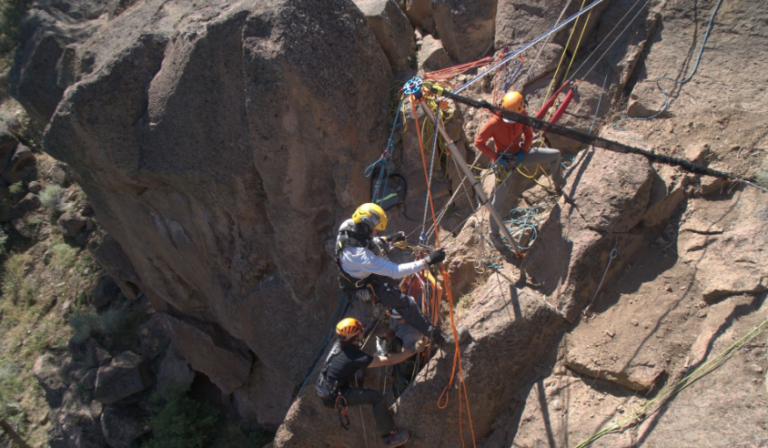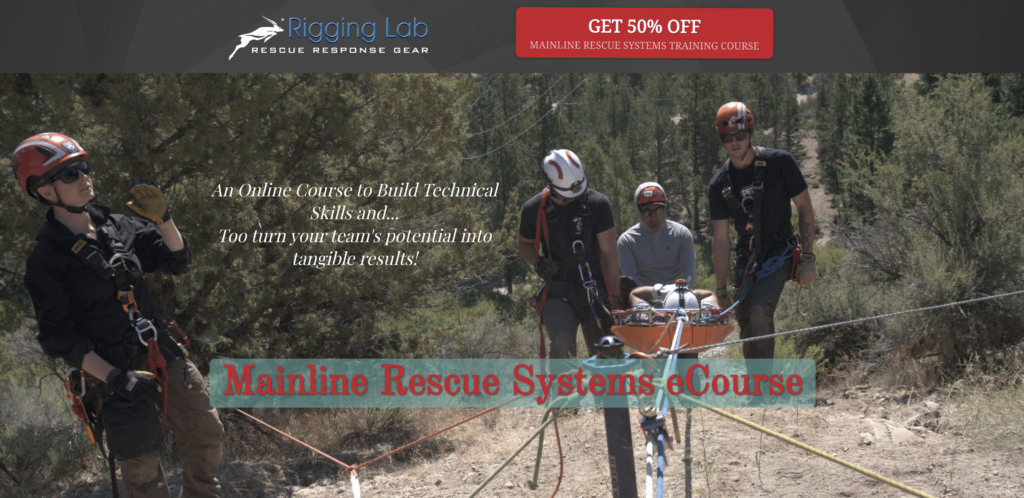Mainline rescue and rigging systems encompass a comprehensive set of principles and techniques crucial for safely and effectively performing various forms of rescue and rigging operations. These systems are essential in scenarios like technical rescue, wilderness rescue, and industrial rigging, where precision and safety are paramount. Below is a synoptic overview of the key aspects and components of mainline rescue and rigging systems:
- Understanding Forces and Friction on Mainline Systems: This foundational concept involves recognizing the various forces acting on a system, including tension, compression, and shear forces. Understanding friction is vital for minimizing energy losses within the system.
- Mechanical Advantage Theory: Mechanical advantage (MA) is a fundamental concept that relates to the amplification of force achieved through mechanical systems. It’s important to understand how to calculate and apply MA to optimize force exertion.
- Terms and Definitions of Mechanical Advantage Systems: Familiarity with the terminology used in mechanical advantage systems, such as input force, output force, and effort, is essential for effective communication and operation.
- Types of Pulley Systems: Different types of pulley systems, including single, double, and compound pulleys, play a significant role in mainline systems. Knowing when and how to use each type is critical for efficient rigging.
- How and When to Use Long Line MA Systems: Long line mechanical advantage systems are employed in scenarios where there’s a need to cover a substantial distance while maintaining mechanical advantage. Understanding their applications is crucial for rope rescue operations.
- How and When to Use “Block and Tackle” Systems: Block and tackle systems are used to achieve a high level of mechanical advantage by incorporating multiple pulleys. Knowing when and how to deploy these systems is vital for heavy lifting and load management.
- Calculating Tension Force Using the T-Method: The T-method is a method for calculating the tension in rope systems. It involves considering the angles and forces involved, providing an accurate way to determine load distribution.
- How Forces are Generated: Understanding how forces are generated in various rigging scenarios, such as tension forces in ropes or cables, is essential for safe and efficient operations.
- Moving Systems: Techniques for moving systems efficiently, including horizontal or vertical movement, are crucial for performing successful rescues or rigging tasks.
- Lowering Systems – Low to Mid Angle: Lowering systems are used to safely lower a load or a person from an elevated position. Knowledge of how to set up and operate these systems, especially in low to mid-angle situations, is important.
- Lowering Systems – Mid to Steep Angle: In more challenging terrain, such as steep slopes or cliffs, understanding how to set up and operate lowering systems becomes even more critical for rescue operations.
- Twin Tension Rope Systems: Twin tension rope systems involve using two ropes or cables to provide redundancy and stability in rescue or rigging scenarios. Knowing when and how to employ these systems is vital for safety.
- Winch & Capstan: Winches and capstans are mechanical devices used for controlled and powerful pulling or lifting operations. Understanding their operation is essential in many rigging contexts.
Mainline rescue and rigging systems are a complex yet essential set of skills that require both theoretical knowledge and practical proficiency. These systems are employed by various professionals, including firefighters, search and rescue teams, industrial workers, and arborists, to ensure the safety of individuals in hazardous situations and to manage heavy loads with precision and care. Proper training and ongoing practice are crucial for mastering these techniques and performing successful rescue and rigging operations.
Peace on your Days
Lance










